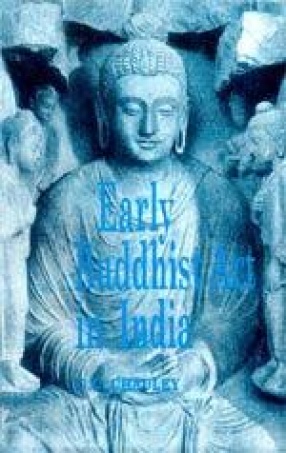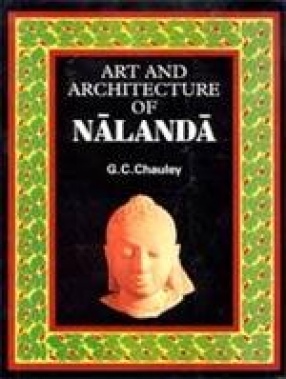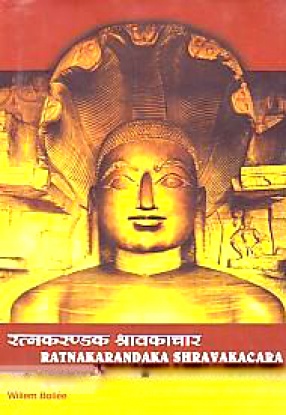The book ‘Early Buddhist Art in India’ deals with the evolution of Indian art from 300 B.C. to 300 A.D, which is believed to be the formative phase of Indian art, an age of the revival of the sculptural art. The Indian artists with centuries of background in creative art on wood, ivory, clay, bamboo, devoted to use stone as a medium. This is evident from Satvahana, Sunga and Kushana period, in which the sculptures are nothing but wooden prototype. Indian art with a humble beginning as a negation of Mauryan art, having purely indegenious characteristics with two dimensional forms gradually became successful in achieving three dimentions. The author has tried to project this book, in a simple way the history of the growth and development of art that flurished at Sanchi, Bharhut, Bodh-gaya, Karia, Bhaja, Pithalkhora, Amaravati, Nagarjunakonda, etc. which later culminated to the growth of classical art of the Guptas.
Early Buddhist Art in India
In stock
Free & Quick Delivery Worldwide
Bibliographic information
Title
Early Buddhist Art in India
Author
Edition
1st. ed.
Publisher
ISBN
817574006X
Length
xvii+104p., Plates; Figures; Bibliography; Index; 23cm.
Subjects








There are no reviews yet.